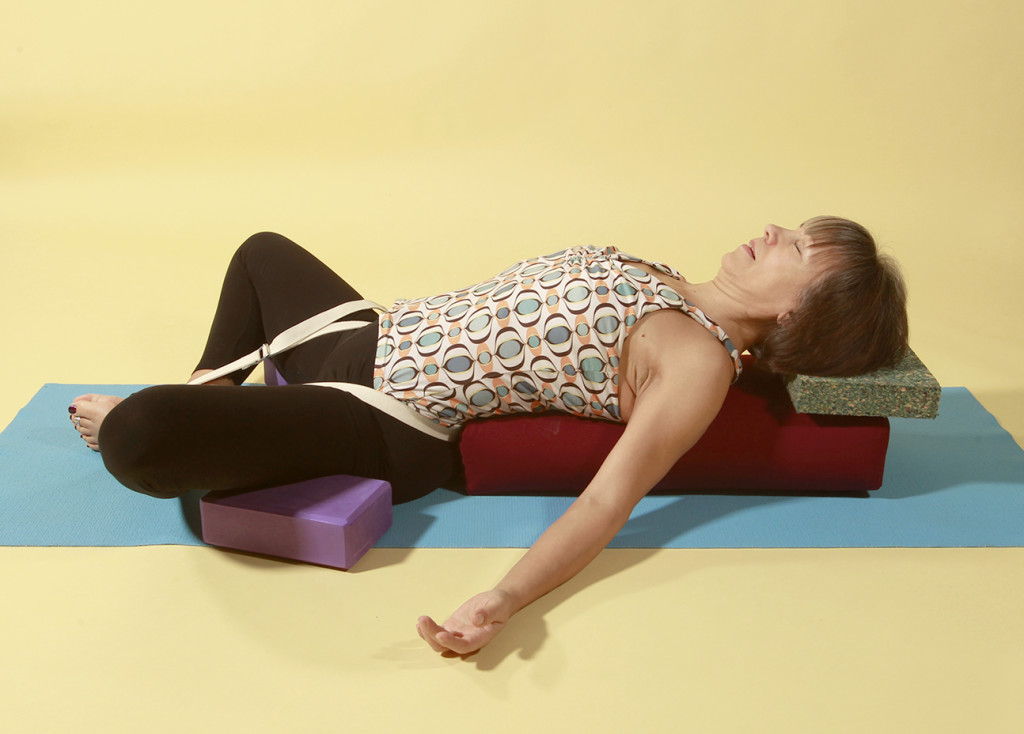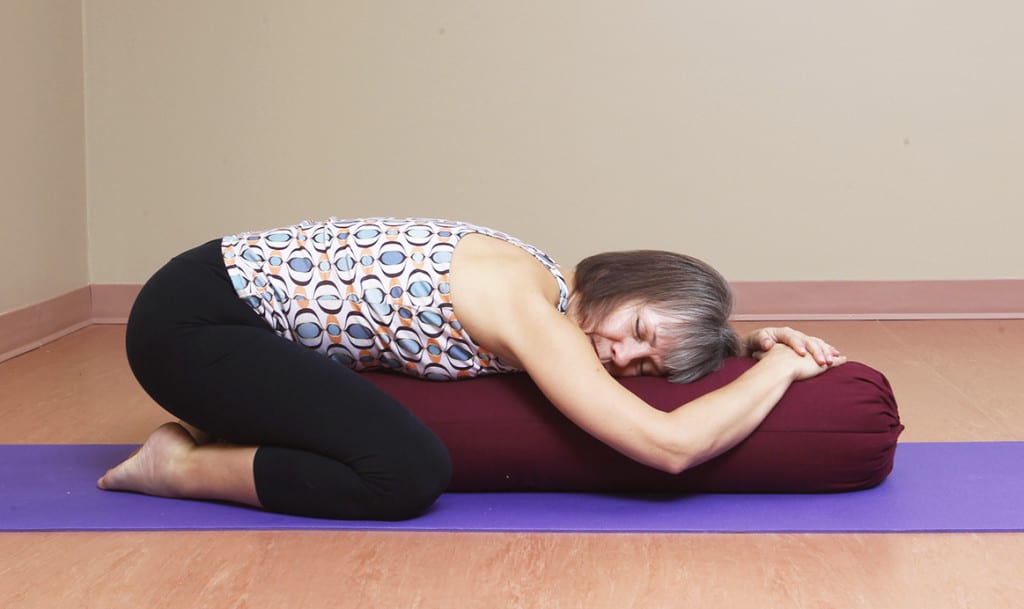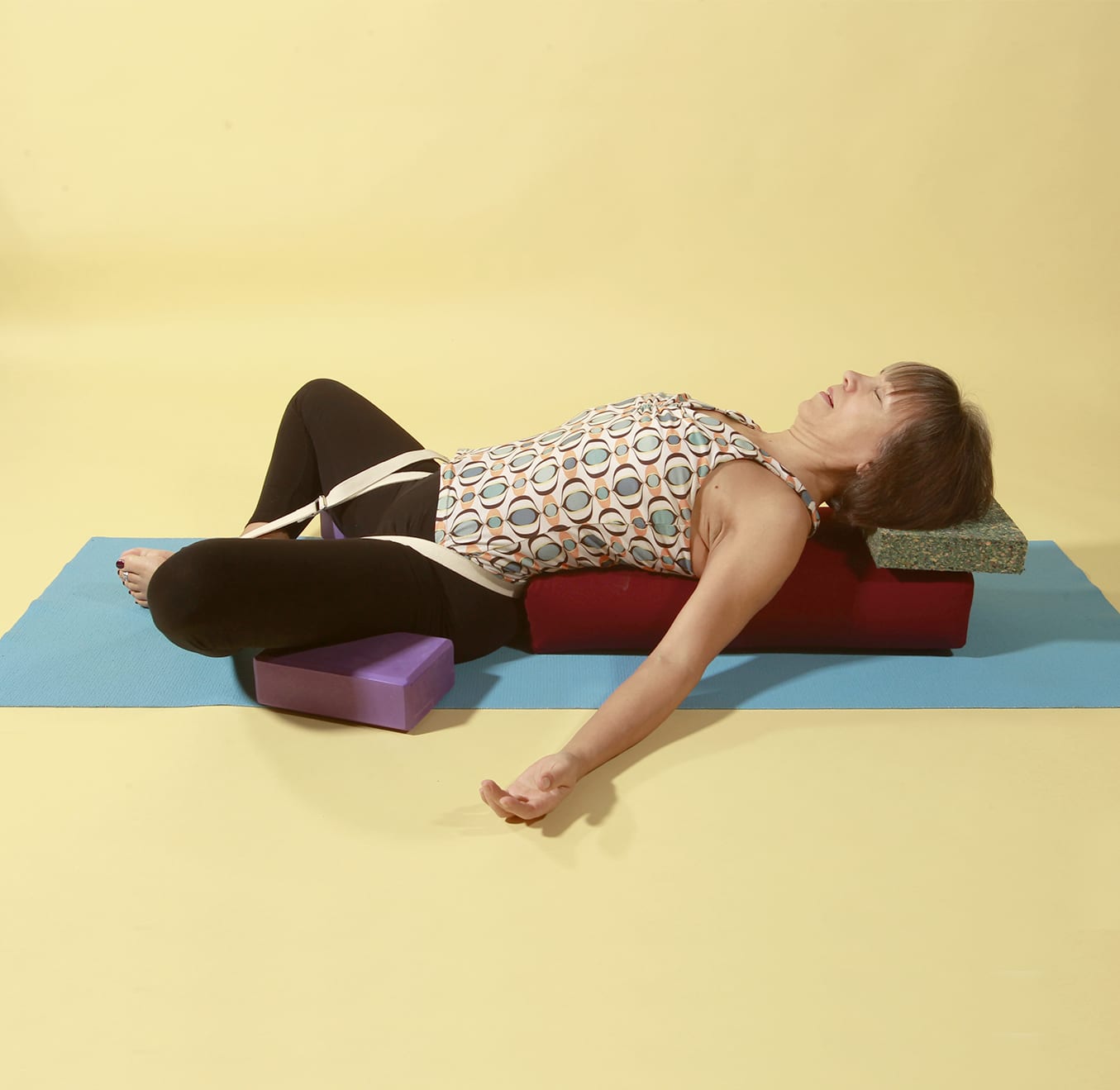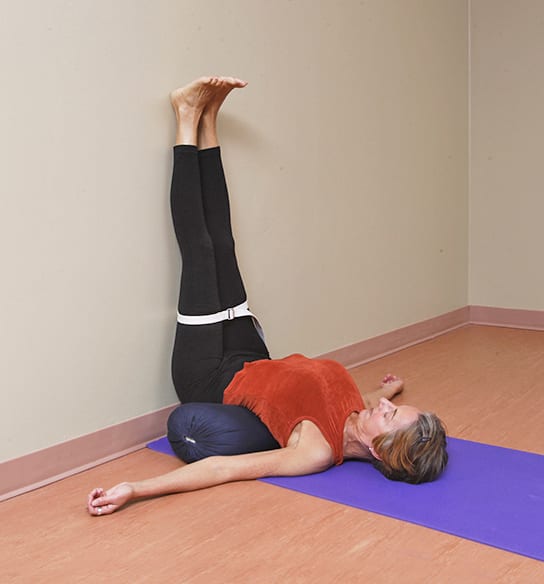Our ability to remain calm and at ease has never been more crucial given today’s interconnected, volatile and complex world.
With so much uncertainty confronting us, it is important to remember that stress is an inside job. Stress does not exist outside of us but rather is our reaction to external events. We can choose to react by tightening and holding on, which creates an illusion of control, or we can choose to remain calm and at ease.
When our stress response is to tighten and control, we limit our mental and physical response-ability. When we remain calm and at ease, we can respond fully from our strength and flexibility.
Restorative yoga practices ground and support us. When we feel supported and grounded, our mind and body are freed from taking on these responsibilities.
As our minds and bodies relax their grip, we become more aware of the location of these holding patterns and can begin the practice of releasing tension and tightness. An enormous amount of energy is required to “stay in control” and this energy gets trapped in specific areas of the body as well as in mental thought patterns. As an example, those of us who drive through rush hour traffic on a daily basis are likely to feel trapped energy in the outer hip of our “braking” leg. The constant tension created to keep this leg moving from gas pedal to brake pedal can become a locked-in habit. Restorative poses provide us with the support we need to let go and still feel safe.
The rest and renewal that emerges from freeing up these pools of trapped energy return vitality to the mind, body and spirit. Finally, by supporting correct therapeutic inner alignment, restorative poses allow us the time for all cells, including organs and glands, to become drenched with blood, oxygen and other vital nutrients.
If you are feeling mental or physical fatigue and want to regain your vitality without having to use more energy, then apply the following action to the illustrated poses.
Action: Allow the inhaled and exhaled breath to flow easily and evenly into your body. Notice in each pose where the breath most readily moves. For more advanced practitioners, balance the breath side to side and front to back. Hold the poses for 3 to 10 minutes.

SUPTA BADDHA KONASANA (Reclining Bound Angle pose)
Sit in front of a bolster or one to two folded blankets. Bring the soles of your feet together, knees to the sides. Place a belt around the back of your pelvis, over your inner legs and under the baby toe sides of your feet. Support your thighs, and lie back with support for your head. Find the action, particularly in your front body.

BALASANA — WITH BOLSTER (Child’s pose)
Sit on your heels with big toes together and knees apart. Draw a bolster into your pelvis and rest your torso, head and arms comfortably. Add folded blankets under your body if you need more height. Find the action, particularly in your back body.
VIPARITA KARANI (Legs Up The Wall pose)
Place a bolster horizontal and three inches from the wall. Make your way onto the bolster so your lower back and sacrum are supported. Belt your mid thighs. Find the action.
For more information, refer to Creating Space: Yoga Actions for Pelvis & Psoas.






